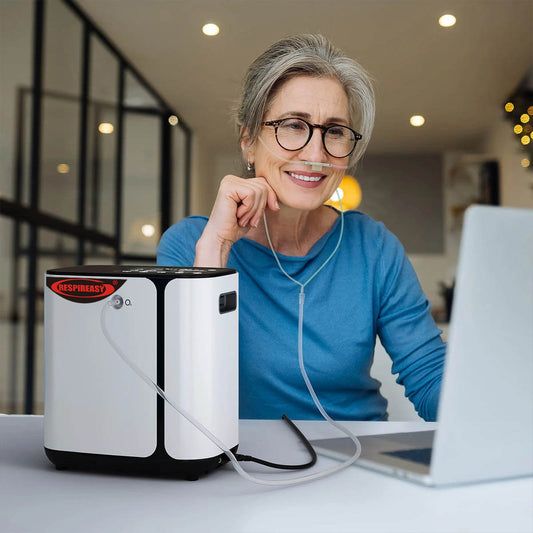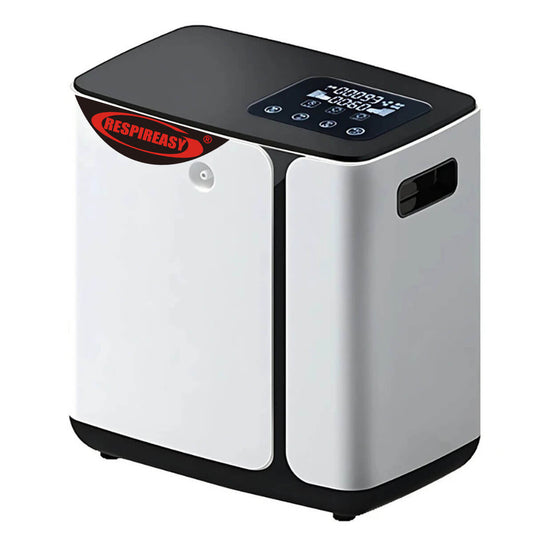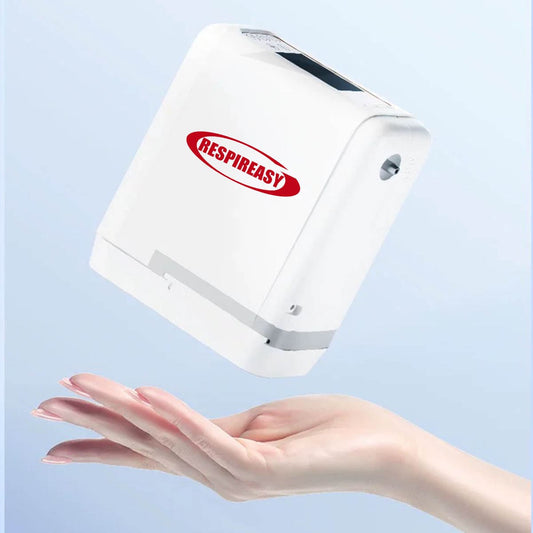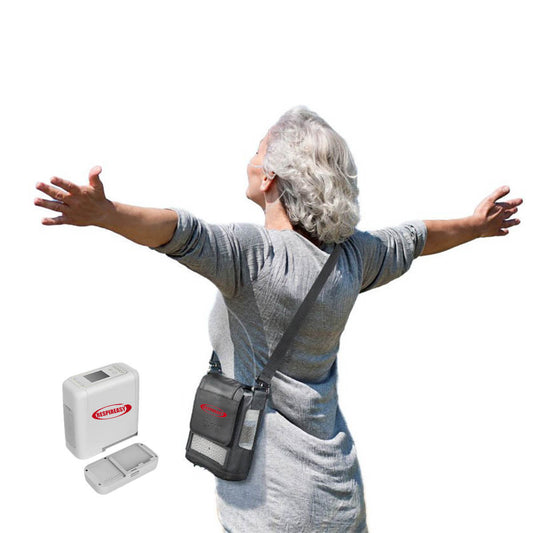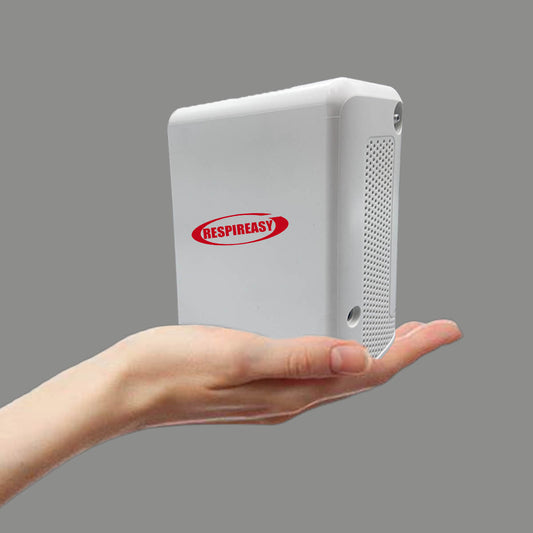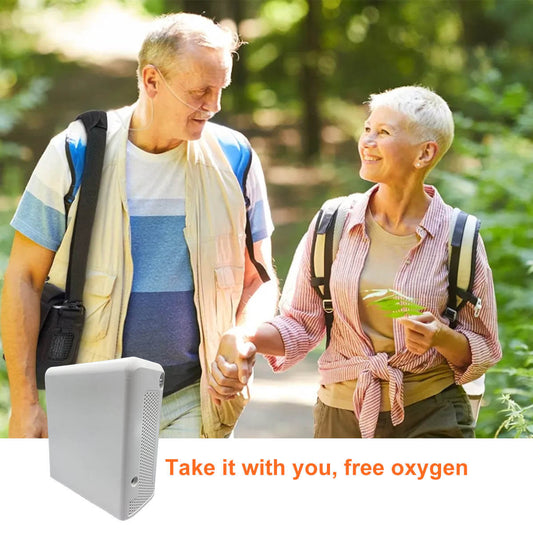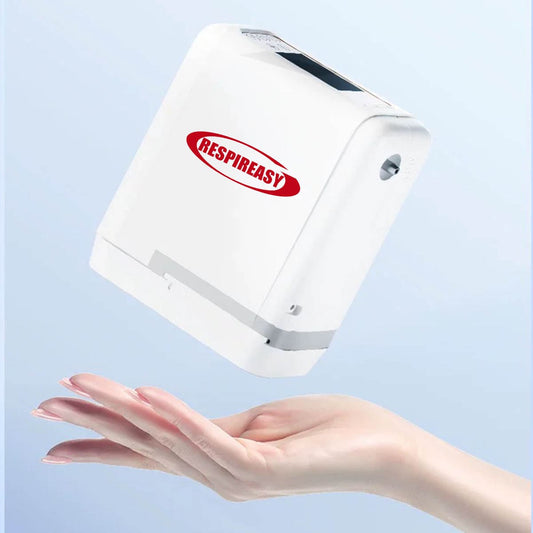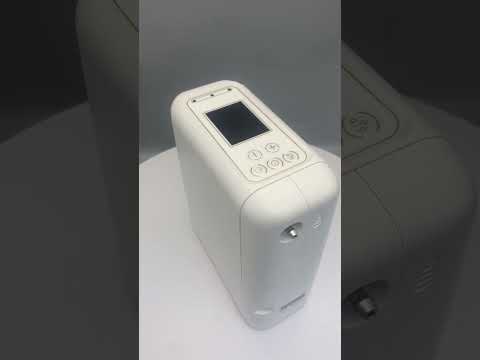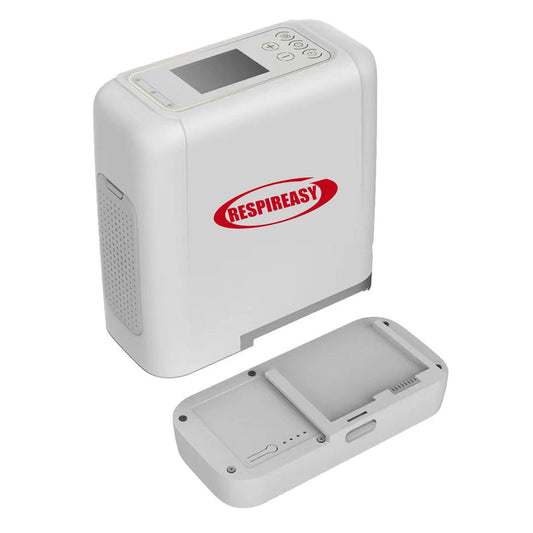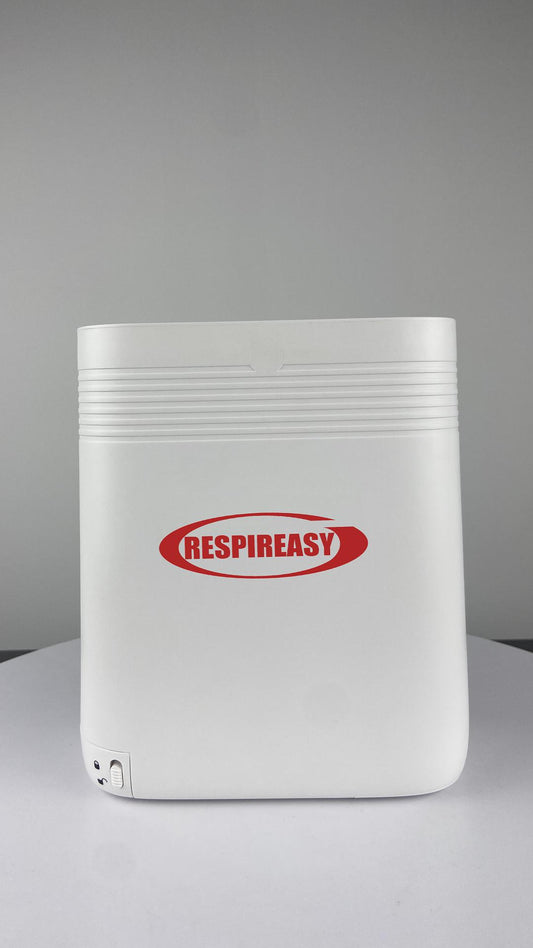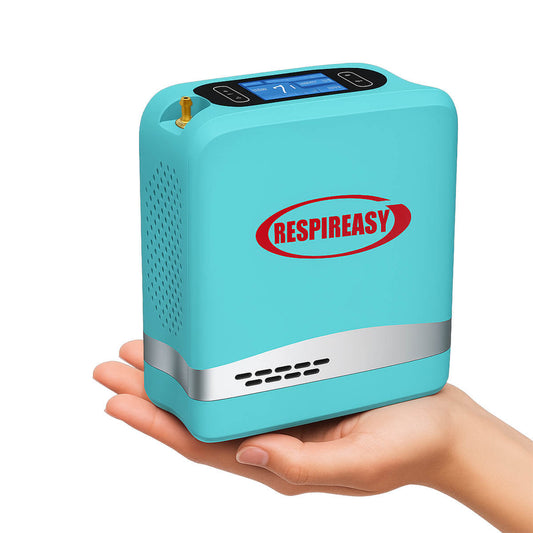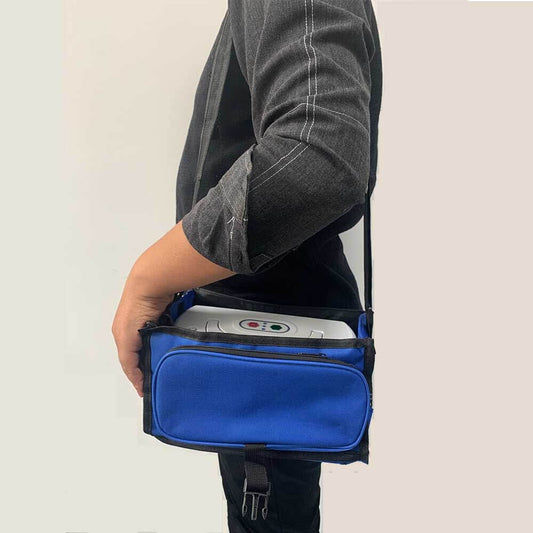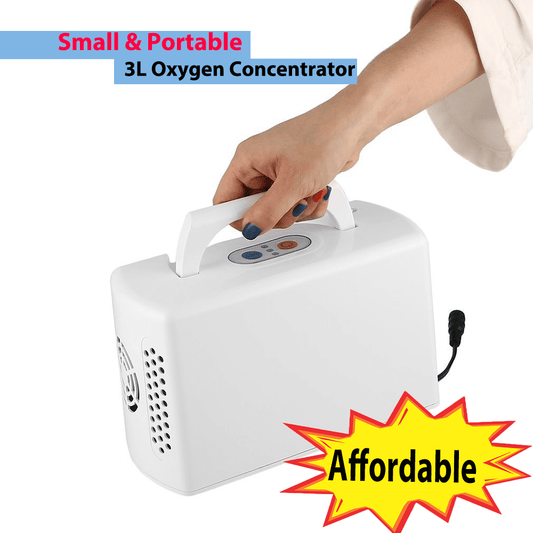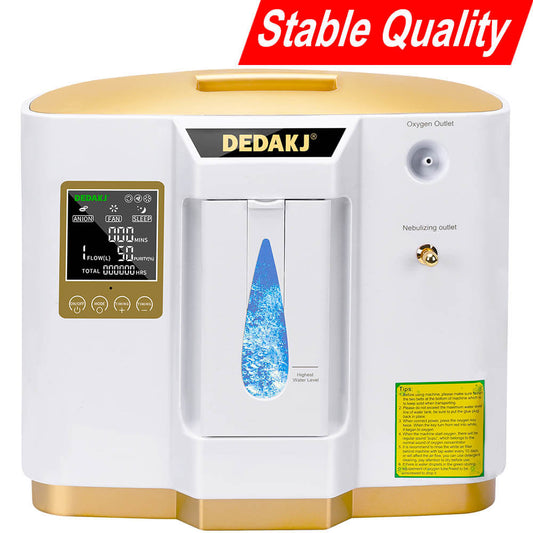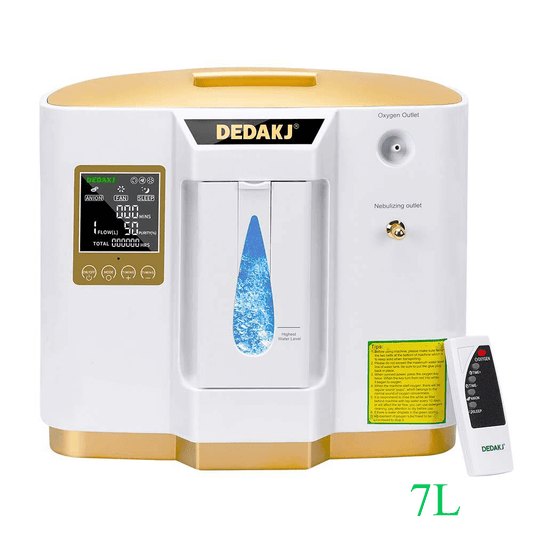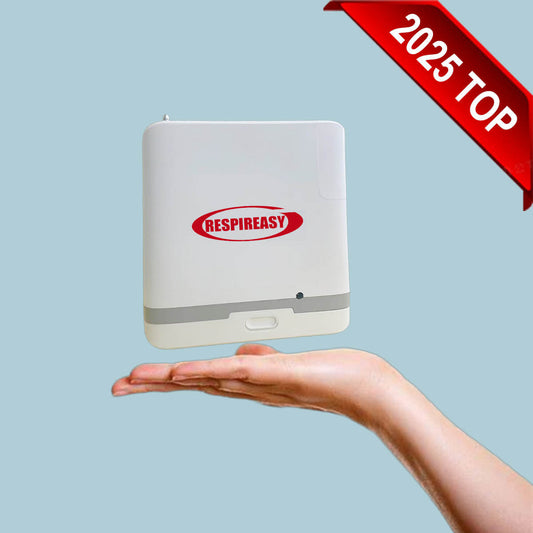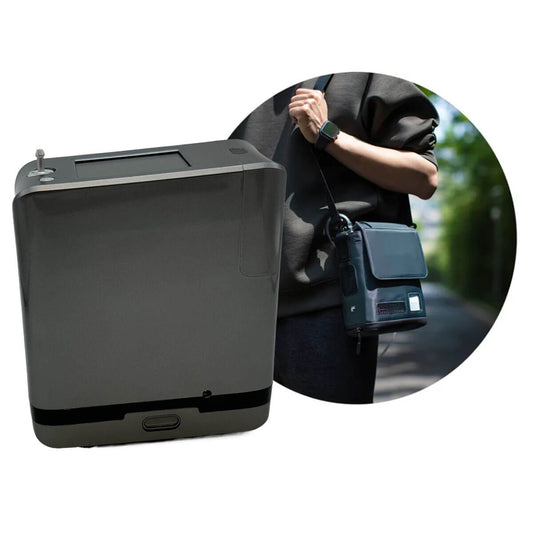Home oxygen therapy with oxygen concentrator, do you need it?
What is home oxygen therapy? Home oxygen therapy is a treatment method in which patients are given oxygen at home during the remission period to relieve symptoms of hypoxia and dyspnea, reduce complications, reduce hospitalization time, and prolong life.

Who needs home oxygen therapy?
1. Chronic lung disease: For example, patients with chronic obstructive pulmonary disease (COPD), interstitial lung disease, cystic fibrosis, and pulmonary hypertension. Chronic heart failure: Especially patients with progressive or end-stage heart failure. Neuromuscular and chest wall diseases: Patients with respiratory failure and non-invasive ventilator treatment still cannot correct hypoxia. Patients with cancer or end-stage cardiopulmonary disease with refractory dyspnea. Some chronic patients do not have hypoxia at rest, but wheezing and hypoxia during activities. As the disease progresses, the gas exchange function of the lungs becomes lower and lower, and gradually cannot meet the body's demand for oxygen. Doctors will also recommend home oxygen therapy.
2. Patients with lung diseases such as cor pulmonale, sleep apnea hypopnea syndrome, and heart failure, with blood oxygen saturation below 94%, hypoxemia at rest, arterial oxygen partial pressure <55mmHg or arterial oxygen saturation <88%, are basically under control after hospitalization, but due to chronic respiratory insufficiency, they experience shortness of breath and cyanosis when moving, and their quality of life is low. At this time, doctors will recommend home oxygen therapy.

What are the methods of oxygen therapy?
The first is long-term oxygen therapy: suitable for patients with chronic cardiopulmonary diseases and severe hypoxemia, oxygen therapy for at least 15 hours a day. Starting from 1 liter/min oxygen flow, increase until the patient's pulse oxygen saturation >90%. The second is mobile oxygen therapy: suitable for patients who do not have hypoxia at rest but have hypoxia during exercise, using portable oxygen devices to supplement oxygen during patient exercise and daily activities. The third is nighttime oxygen supply: no oxygen supply during the day, suitable for patients with hypoxemia during sleep. Patients with respiratory failure should also consider non-invasive ventilator therapy. The fourth is palliative oxygen therapy: suitable for patients with advanced cancer or terminal cardiopulmonary disease, using oxygen to relieve intractable dyspnea. The fifth is short pulse oxygen therapy: refers to short-term (generally 10-20 minutes) intermittent oxygen therapy before and after exercise.

Click the links below to buy:
How to use home oxygen therapy equipment?
Home oxygen therapy equipment mainly includes oxygen supply devices and oxygen delivery devices. Among them, oxygen supply devices are mostly medical oxygen cylinders and oxygen concentrators, which are divided into fixed and portable types according to whether they can be carried with you. Medical oxygen cylinders store compressed medical oxygen. Home oxygen therapy most commonly uses 10-liter oxygen cylinders, while 1-liter and 4-liter oxygen cylinders can be carried with you. Most oxygen concentrators are oxygen concentrators, which filter dust and bacteria in the air and then concentrate and purify them into medical-grade oxygen. Oxygen concentrators are also divided into fixed and portable types, and portable oxygen concentrators are powered by built-in rechargeable batteries.
Oxygen delivery equipment mostly uses low-flow oxygen delivery systems, including nasal cannulas and simple masks. Nasal cannulas are most commonly used, and generally set at 1 to 6 liters/minute oxygen flow. When breathing oxygen through a nasal cannula, you can talk and eat at the same time, but it is easy to shift. At this time, it is recommended to choose a nasal plug or nasal cannula; if the oxygen flow rate is >6 liters/minute, the high-speed oxygen flow rate has a great impact on the nasal mucosa, and it is recommended to use a simple mask to breathe oxygen. Simple masks generally set an oxygen flow rate of 5 to 10 liters/minute. The oxygen flow rate is greater than 5 liters/minute to prevent carbon dioxide from being repeatedly inhaled.
Precautions for long-term home oxygen therapy
1. Long-term home oxygen therapy requires more than 15 hours of oxygen inhalation per day, with an oxygen concentration of 24%-28% and an oxygen flow rate of 1-2L/min; if conditions allow, the finger pulse monitoring SaO2 is maintained at 92% to 96%;
2. Avoid long-term high-concentration oxygen inhalation, each oxygen inhalation time is 30-40 minutes, 2-3 times a day, and pay attention to high-concentration oxygen inhalation (>60%) for more than 24 hours. Oxygen poisoning may occur;
3. Keep air circulation in the oxygen therapy room, and oxygen cylinders should be placed upright when in use. The oxygen concentrator should be placed on a stable ground, and pay attention to fire, heat, dust and moisture prevention. Clean the nasal cannula or mask once a day, dry it and set it aside, and replace it every 1 to 2 weeks; clean the humidifier bottle every 3 days, wash it, air dry it, and refill it with distilled water; clean or replace the air filter once a month, soak it for disinfection, rinse it with running water, and dry it for standby; replace the gas pipeline every 2 months, and wipe the surface of the machine with a clean, slightly damp soft cloth. Regularly maintain the equipment and its supporting devices every year;
4. Note when breathing oxygen: Oxygen is a safe, non-flammable gas, but it can support combustion. When oxygen inhalation is stopped, oxygen should be turned off in time; smoke detectors should be installed at home and fire extinguishers should be prepared to prevent emergencies such as fire;
5. Avoid adverse reactions: Adverse reactions of oxygen therapy mainly include dryness or bleeding of nasal mucosa, skin pressure or irritation around the mask or nasal catheter, aspiration atelectasis, hypercapnia and respiratory depression, oxygen poisoning, etc.;
6. Make a good assessment: It is recommended to conduct the first outpatient follow-up 3 months after the start of long-term home oxygen therapy, and another outpatient follow-up 6-12 months after the first follow-up to assess whether oxygen therapy needs to be continued.


TOP oxygen concentrator supplier,reliable product and service
DEDAKJ oxygen concentrator manufacturer provides various models of 1-9L home oxygen concentrators, up to 20LPM medical oxygen concentrators as well as the 2 lbs lightweight portable oxygen concentrator for traveling.
This is top-rated DEDAKJ oxygen concentrator supplier, providing both DEDAKJ 10- 20 liter medical oxygen concentrators and 1-9 liters home oxygen breathing machines, and DEDAKJ oxygen accessories parts.
For more information on oxygen concentrators, please feel free to consult us.
And you are we welcome to place the order in our official store directly.
We are operating the USA, Europe, Mexico and UK local warehouses.
Usually you can receive the parcel within 3-6 days,very fast shipping time.
More important, as the honorable oxygen concentrator supplier, we can offer 1 year quality warranty to our customers!





























